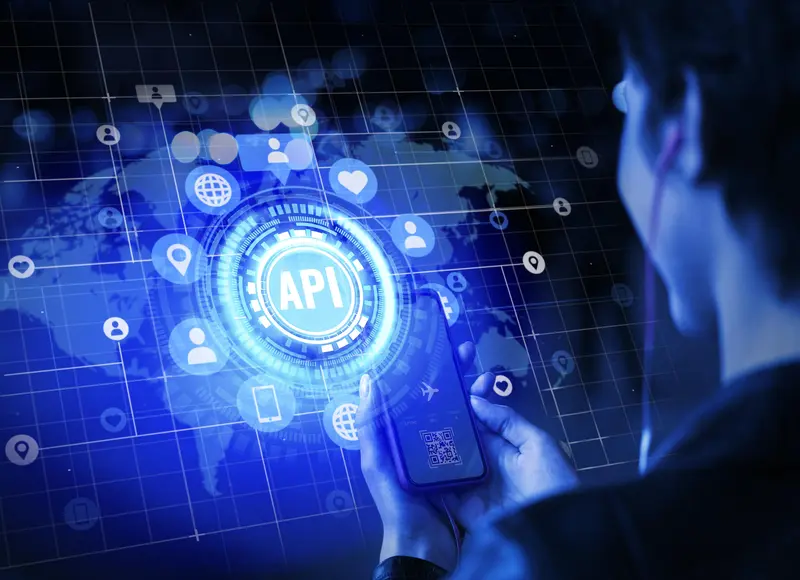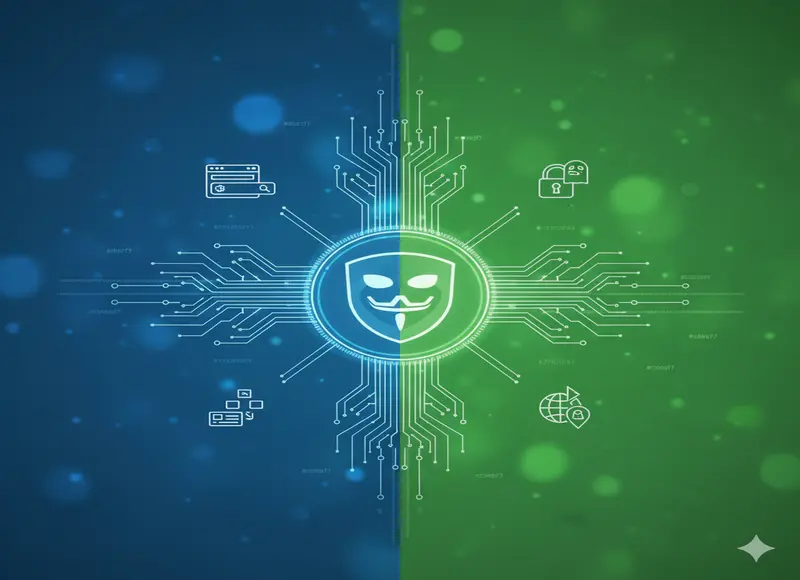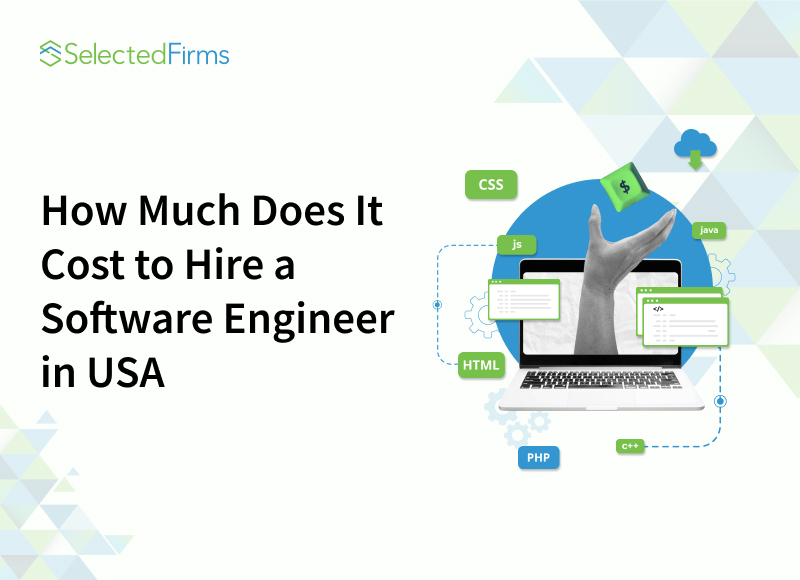Table of Contents
Explore how SMS API integration with messengers and social networks is shaping the future of omnichannel marketing through automation, personalization, and engagement.

Understanding SMS API: The Basics
Let's start with the basics. What happens when SMS API integrates with messengers and social networks? Clients can receive messages through their preferred channel. For example, they might be subscribed to news via WhatsApp. Thus, you can send text, photos, links, videos, etc. – anything that helps interact effectively. But this is just the beginning. By enabling the SMS API, you get a universal tool that works on several levels at once!
An SMS API is a set of tools and protocols that lets software send and receive text messages automatically. Instead of sending each message manually, your CRM or marketing platform sends them based on triggers.
Imagine a customer browsing your online store. They leave without purchasing. Within minutes, they get a WhatsApp message with a discount code. If that fails, they get an SMS instead. The experience is instant and seamless.
The Shift from Multichannel to Omnichannel
Many people mix up multichannel and omnichannel marketing.
- Multichannel – You connect with customers using several platforms, such as SMS, email, social media, and mobile apps. Each channel works independently with its own strategy, content, and data. Messages are sent separately, so the customer’s experience can feel fragmented. For example, they may get an email with one offer and a social media post with a completely different message.
- Omnichannel – All platforms are connected in a single, coordinated system. Customer data, preferences, and interactions flow between channels, allowing for consistent and relevant communication. Every touchpoint builds on the previous one, creating a seamless journey. For example, if a customer clicks on a Facebook ad, the follow-up SMS or WhatsApp message reflects exactly what they saw or engaged with.
Customers now expect a smooth and personal journey. They want relevant updates on their preferred channel. SMS API integration makes this possible by linking all communication into one unified system.
How SMS API Integration Works with Messengers
When the SMS API connects with messengers and social platforms, it creates a streamlined and efficient communication flow.
- Customer choice – People select the channel they prefer, such as SMS, WhatsApp, Viber, or Facebook Messenger, making interactions more convenient.
- Content adaptation – The system formats each message to fit the platform, using plain text for SMS or rich media for messengers that support images, videos, and links.
- Smart sending – The API chooses the most effective delivery route, factoring in availability, speed, and cost. If one channel fails, the system can switch to another instantly.
- Two-way communication – Customers can reply directly, and all responses are stored in one central location for tracking and follow-up.
Example: A customer subscribes to discounts on WhatsApp. The system sends a short message, adds a product image, includes a purchase link, and attaches a promo video. If WhatsApp fails, SMS is sent automatically.
8 Key Benefits of SMS API and Messenger Integration
- Communication versatility
Deliver messages via several channels: SMS, messengers, social networks. Each message will be adapted to the specific platform. - Instant response
Send urgent updates like order tracking, delivery alerts, or flash-sale offers within seconds. - Personalization
Standard notifications are a thing of the past. With SMS API integration, you can send individual offers based on the client's interests. - Better engagement
People are more likely to act when they receive updates in the channel they prefer. - Cost efficiency
Reduce costs by sending messages through the most economical yet effective channel without sacrificing delivery speed or reach. - Automated workflows
Set up rules so messages go out automatically based on customer actions, saving time and reducing human error. - Failover delivery
If one channel fails (for example, WhatsApp message not delivered), the system automatically sends the message through another channel like SMS. - Two-way communication
Allow customers to reply directly, ask questions, or give feedback in the same channel where they received the message.
Use Cases for SMS API Integration
SMS API combined with messenger integration works well in many industries.
- E-commerce – Cart reminders, shipping updates, product restock alerts.
- Hospitality – Booking confirmations, event invitations, loyalty offers.
- Healthcare – Appointment reminders, prescription refill notices.
- Banking – Transaction alerts, fraud warnings, tailored loan offers.
- Education – Class schedules, exam reminders, campus news.
Tips for Integrating SMS API into Omnichannel Marketing
Synchronize all channels
Bring data from SMS, messengers, and social platforms into one database. This ensures no customer information is lost.
Automate processes
The more time you spend on manual input and control, the fewer resources are left for business development. Use automatic message sending scenarios depending on user actions.
Use real-time analysis
Monitor delivery rates, open rates, and clicks. Adjust campaigns based on live data.
Segment your audience
Well-configured segmentation helps in sending personalized messages. This increases customer interest and engagement. For example, a client who has subscribed to news about discounts can receive only relevant offers with personalized conditions.
Test before large campaigns
Don’t launch large-scale campaigns without testing everything beforehand. Try the system on a small group of users to make sure everything is working correctly.
Challenges and How to Overcome Them
Complex integration
Choose a provider like BSG with ready-to-use tools to reduce setup time.
Platform restrictions
Some messengers limit promotional content. Work with a provider that understands these rules.
Data privacy
Get clear consent from customers and follow rules like GDPR or TCPA.
Content limits
Not all media works on every platform. Prepare platform-specific formats.
Compliance and Data Security in Omnichannel Messaging
Security and privacy are critical when working with personal data.
- Use encryption for data transfers.
- Store opt-in records for every customer.
- Follow local and international regulations for SMS and messenger marketing.
- Collect only the data you need for communication.
Measuring ROI and Campaign Effectiveness
SMS API platforms let you track results with accuracy. Watch these metrics:
- Delivery rate – Messages that reach customers.
- Open rate – Messages that are read.
- Click-through rate – Links that get clicks.
- Conversion rate – People who take the desired action.
- Retention rate – Repeat customers after campaigns.
Using this data, you can refine your strategy and focus on what works best.
The Role of BSG in Omnichannel Messaging
BSG offers an SMS API that connects easily to messengers and social platforms. Key features include:
- Automated campaigns triggered by customer actions.
- Real-time delivery and engagement tracking.
- Pay only for messages sent.
- Simple campaign control without extra tools.
With BSG, companies can launch faster and spend less while improving reach.
Future Trends in SMS API and Omnichannel Marketing
Expect major changes in the next few years.
- AI will create real-time, personalized messages.
- Rich Communication Services (RCS) will add media options to SMS.
- Messaging apps will offer direct shopping and payments.
- AI assistants will move with customers between channels.
Final Thoughts
Integrating SMS API with messengers and social platforms is more than a tech upgrade. It is a strategy shift.
An omnichannel approach improves engagement, raises satisfaction, and drives revenue. Success comes from keeping channels synchronized, automating tasks, personalizing content, and staying compliant with regulations.
So if you have not yet implemented integration, it's time! And if you have already implemented it, pay attention to aspects such as automation and analytics to make your marketing more effective and flexible. As practice shows, tools like BSG offer can deliver quick results while helping you set up a long-term business development strategy.









